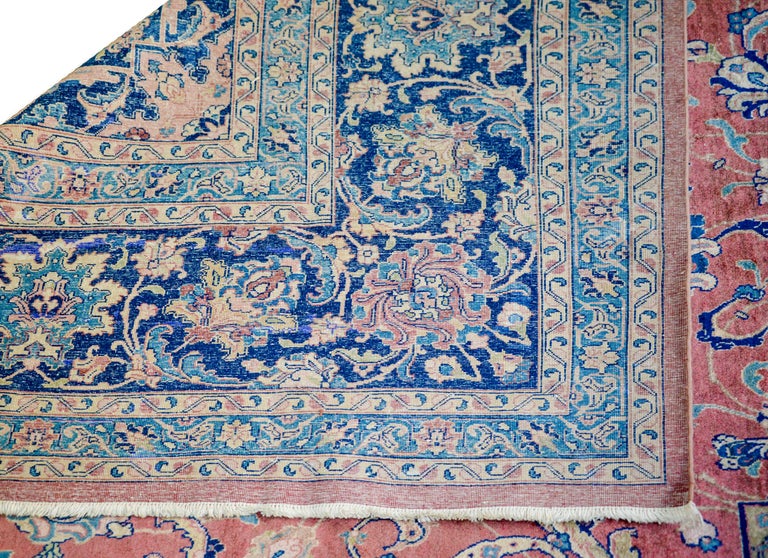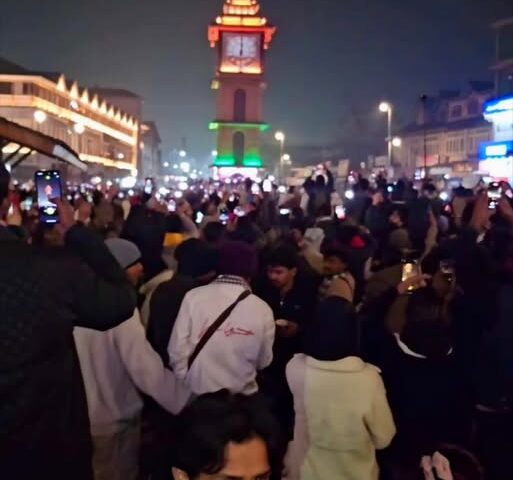Kashmir Carpet Industry Battles Counterfeit Crisis – Artisans Call for Government Action
By: Javid Amin | Srinagar | 23 July 2025
A Legacy in Jeopardy
The famed hand-knotted carpets of Kashmir—woven with intricate designs, natural dyes, and generations of skill—are facing an unprecedented challenge. A wave of counterfeit, machine-made carpets being sold as authentic Kashmiri pieces is shaking the very foundation of the region’s centuries-old craft heritage.
The crisis came into sharp focus when a craft dealer in North Kashmir’s Tangmarg was blacklisted by the Department of Handicrafts for selling a machine-made carpet as handmade for ₹2.5 lakh. The incident has sparked outrage and concern across artisan communities, industry bodies, and cultural custodians.
This article delves into the scale of the problem, the impact on artisans and the economy, and the urgent measures being demanded by Kashmir Inc and stakeholders to restore trust, protect buyers, and preserve the integrity of Kashmir’s cultural legacy.
The Tangmarg Scandal: A Wake-Up Call
In what is now being referred to as a watershed moment, the Tangmarg incident has laid bare a problem that artisans have whispered about for years—fake carpets flooding the market, deceiving buyers, and undermining genuine weavers.
The dealer in question had passed off a machine-made carpet imported from outside as a locally handmade product. The buyer, after consulting with handicraft experts, discovered the fraud, leading to official action. While this may seem like an isolated incident, industry insiders say it’s just the tip of the iceberg.
“For every one caught, there are ten getting away,” says Bilal Ahmad, a Srinagar-based carpet exporter. “It’s destroying our credibility abroad.”
Also Read | Namda: A traditional craft from Kashmir finds new life in the global market
Understanding the Kashmir Carpet Counterfeit Crisis
01. What Makes a Kashmiri Carpet Unique?
A genuine Kashmiri carpet is:
- Hand-knotted (not tufted or machine-woven)
- Made of silk, wool, or a silk-wool blend
- Known for Persian-inspired motifs like chinar leaves, medallions, and tree of life
- Time-intensive, with large carpets taking up to a year to complete
- A bearer of GI Tag (Geographical Indication) status
Machine-made copies mimic the look but not the feel, intricacy, or durability of authentic pieces.
02. How Counterfeits Enter the Market
- Imported machine-made rugs from Turkey, China, and Iran are misbranded and sold as Kashmiri
- Some are digitally printed on synthetic materials
- Lack of buyer awareness and inadequate certification enable fraud
- Unscrupulous middlemen inflate prices to exploit unaware tourists or online shoppers
03. Who Is Affected Most?
- Artisans lose their livelihood and dignity
- Buyers pay inflated prices for fakes
- Exporters face trust issues in international markets
- Kashmir’s image as a craft haven gets tarnished
“When a fake sells, a real artisan goes hungry,” laments Shazia Bano, a fourth-generation weaver from Budgam.
Also Read | Unlocking the Secrets of Kashmiri Cuisine: The Magic of Dried Cockscomb Flower (Mawal)
Voices from the Industry: Kashmir Inc Speaks Out
The Tangmarg case galvanized artisan unions and trade bodies. A delegation under the Kashmir Chamber of Commerce and Industry (KCCI) recently submitted a memorandum to the Department of Industries and Handicrafts with a list of demands:
Immediate Measures Demanded:
- Strict market surveillance in tourist hubs, emporiums, and online platforms
- QR Code or GI-tag-based digital certification on every handmade carpet
- Blacklist repeat offenders and cancel licenses
- Legal action under consumer fraud and IPC laws
Long-Term Recommendations:
- Set up a Kashmir Craft Integrity Task Force
- Launch buyer awareness campaigns at airports, hotels, and craft fairs
- Subsidize testing labs for carpet quality and fiber origin
- Collaborate with e-commerce platforms to flag and remove fakes
“Kashmir can’t afford to lose its heritage to profit-driven deceit,” said Farooq Dar, President of the Handicrafts Association of Kashmir.
The Buyer’s Guide: How to Spot a Fake
To protect themselves, tourists and collectors should:
- Ask for a GI-certified label or QR tag
- Rub the back of the carpet—real hand-knotted ones have uneven knots
- Examine the design: handmade carpets show tiny imperfections
- Be wary of dealers unwilling to give receipts or authenticity certificates
- Verify the seller through registered artisan directories
For high-value purchases, independent appraisal from certified handicraft offices is advised.
Also Read | Saffron, Spice & Everything Nice: Your Ultimate Guide to Kashmir’s Iconic Dishes & Hidden Gastronomic Gems
Government Response: Too Slow, or Just Beginning?
While the Department of Handicrafts acted swiftly in the Tangmarg case, critics argue that enforcement has been sporadic and inconsistent. There is optimism, however, around the upcoming Kashmir Craft Revival Mission (KCRM) announced in the latest union budget, which may include reforms and technology integration.
Still, the clock is ticking. Each unchecked sale of a fake carpet chips away at the collective trust that Kashmiri artisans have built over centuries.
Global Repercussions: A Hit to India’s Soft Power
Kashmir’s handicrafts, especially carpets, have long been ambassadors of India’s soft power and cultural diplomacy. Counterfeits not only harm the local economy but also:
- Reduce India’s export credibility
- Impact bilateral trade deals in artisan goods
- Undermine efforts by UNESCO and ICCR to promote heritage crafts
Preserving authenticity is not just a local issue—it’s a global imperative.
Bottom-Line: A Crisis Kashmir Cannot Afford to Ignore
The Kashmir carpet counterfeit crisis is not merely about economic fraud. It’s about the erosion of a living tradition that sustains families, communities, and a region’s identity.
It’s time for decisive action—from policymakers, enforcement bodies, buyers, and civil society—to reclaim the lost integrity of one of India’s most iconic crafts.
Support real artisans. Demand authenticity. Say no to fakes.




